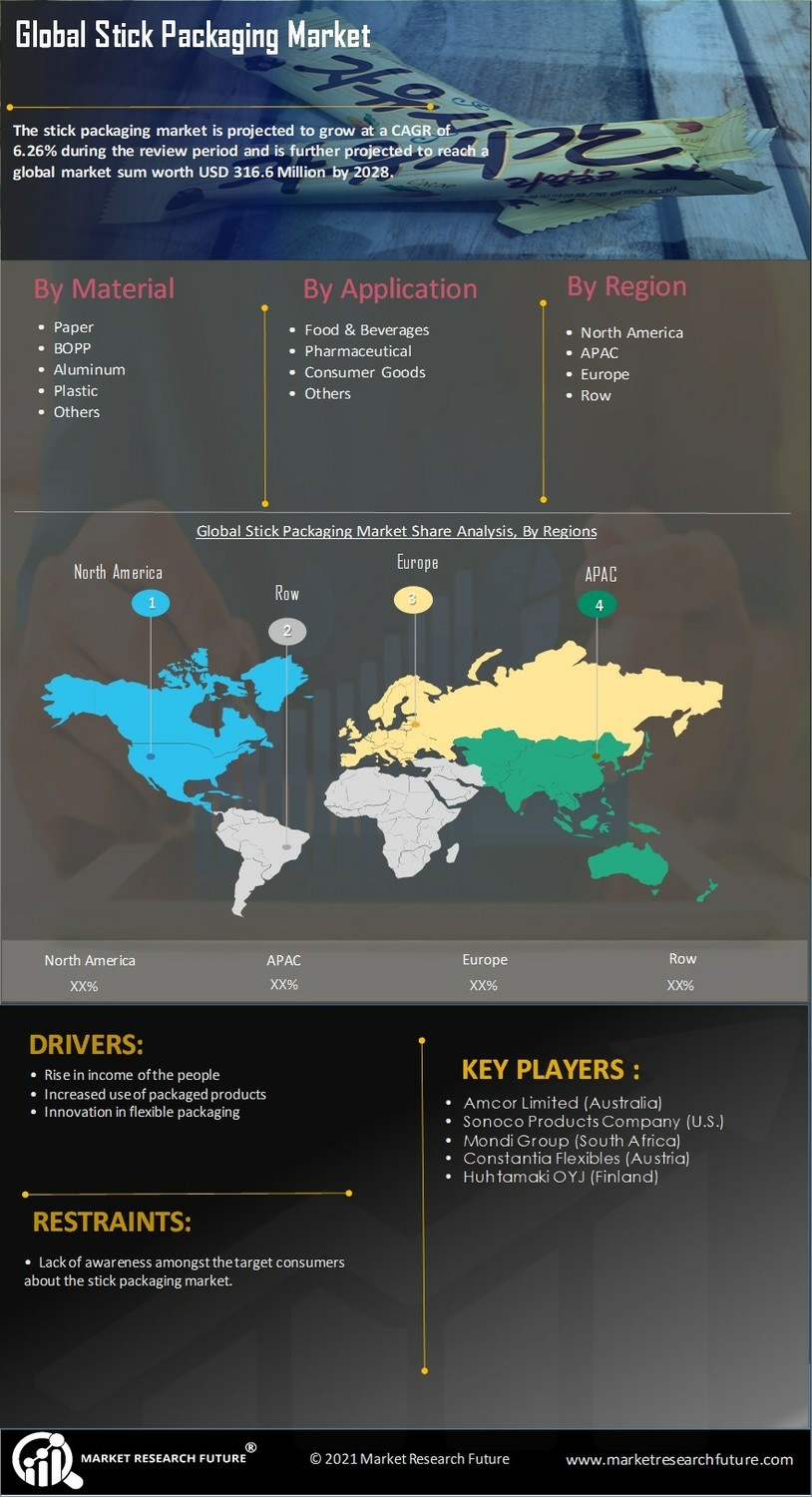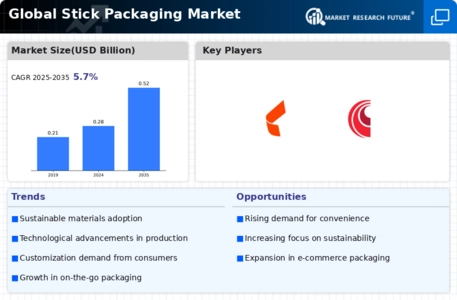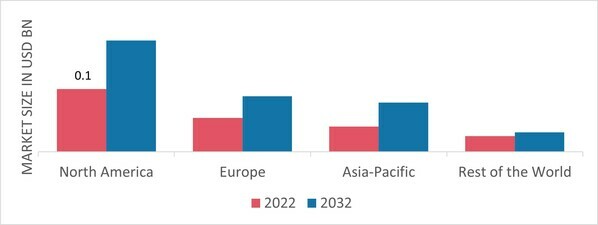Leading market players are investing heavily in R&D to expand their product lines, which will help the Stick Packaging Market, grow even more. Market participants are also undertaking a variety of strategic activities to expand their footprint, with important market developments including new product launches, contractual agreements, mergers and acquisitions, higher investments, and collaboration with other organizations. To expand and survive in a more competitive and rising market climate, Stick Packagingindustry must offer cost-effective items.
Manufacturing locally to minimize operational costs is one of the key business tactics used by manufacturers in the Stick Packaging industry to benefit clients and increase the market sector. In recent years, the Stick Packaging industry has offered some of the most significant advantages to medicine. Major players in the Stick Packaging Market, including Reynolds Group Holdings, Inc. (U.S.), Smurfit Kappa Group (U.K), Berry Plastics Corporation (U.S.), EXAIR Corporation (U S.), RPC Group Plc. (U.S.) and others, are attempting to increase market demand by investing in R&D operations.
Amcor plc is a multinational packaging corporation. It creates and manufactures flexible packaging, rigid containers, speciality cartons, closures, and services for a variety of products including food, beverage, pharmaceutical, medical-device, home and personal care,[4] and others. During the 1860s, paper milling firms were created in and around Melbourne, Australia. In 1896, they merged to form the Australian Paper Mills Company Pty Ltd. Amcor is listed on both the Australian Securities Exchange (ASX: AMC) and the New York Stock Exchange (NYSE: AMCR).
Amcor is included in several international stock market indices, including the Dow Jones Sustainability Index, the CDP Climate Disclosure Leadership Index (Australia), the MSCI Sustainability Index, the Ethibel Excellence Investment Register, and the FTSE4Good Index Series, reflecting its status. June 2020, Amcor has introduced a new line of tube packaging options.
Sonoco Products Company, founded in 1899, is a multinational manufacturer of diverse consumer packaging, industrial products, protective packaging, and packaging supply chain services based in the United States, as well as the world's largest producer of composite cans, tubes, and cores. Sonoco has 19,900 personnel in more than 335 businesses in 33 countries, serving more than 85 countries, and has annualised nett sales of approximately $4.9 billion.
The company is located in Hartsville, South Carolina, and is the state's largest corporation by revenue. Under the brand name Sonotube concrete forms, Sonoco is the world's largest producer of tubes, cores, and fibre concrete columns, as well as a leading manufacturer of engineered moulded and extruded plastic products, blow-molded plastic containers, consumer and industrial thermoformed plastic packaging, rigid paperboard containers, and convenience closures. In August 2020, Sonoco Products Company paid $1.2 billion for Clear Lam Packaging, Inc.
Volpak will launch the Enflex PHS Series in February 2023, which caters to flexible packaging, particularly stick-packs for pharmaceuticals and healthcare industries. A valuation of approximately $16 bn was put on the flexible packaging market for pharmaceutical products, along with an estimated CAGR of 65% by 2028 and a growth rate of 4.37%. Therefore, demand is high for packaging that keeps pharmaceutical products safe, like single-use or single-dose drugs.
In this regard, Volpak contends that flexible packaging is useful in maintaining specific doses and minimizing wastage during the dispensing process, weight reduction in the number of materials used for packaging, as well as faster and cost-effective shipping.














Leave a Comment